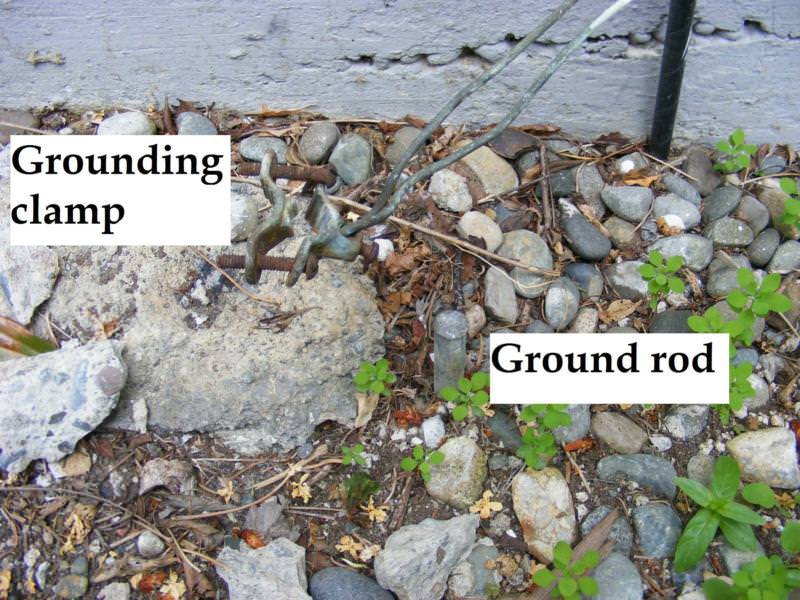There are several types of grounding electrodes found in homes. At least one of these methods should be present in any home regardless of age, and newer homes usually require multiple methods—-redundant methods. The very newest of homes will likely have only one means of grounding.
I know this seems confusing, but ground requirements have evolved over time accounting for all the various methods that will be found in homes of all ages.
Historically, the original method of achieving grounding was the water pipe coming from the street. The next method to be employed was a single ground rod. After this requirement, two rods driven 6 feet apart became the norm. Now a third method called a “Ufer Ground” is required in many jurisdictions. With this grounding method the entire rebar system of the concrete foundation is utilized. This method is far superior to all of the other methods, or even combination of methods, in ensuring an effective ground.
One might ask, “Why so many different systems?” Well the main reason is that a lot of houses no longer have metal water pipes coming from the street. This leaves the ground-rod method as the only means of grounding and it is considered a notoriously poor means of grounding, so enter Mr. Ufer. While this method of grounding has been known since the 40’s, its employment as the primary means of grounding residential electrical systems has only recently been required in most jurisdictions.
One of the things I am interested in when inspecting the electrical system of a home is documenting what methods of grounding have been employed. Figuring this all out is actually part of the Home Inspector, Standards of Practice in Washington, State. It is surprising to me the number of homes I find where the water pipe from the street has been replaced with plastic pipe leaving the electrical system ungrounded at the home.
Without getting overly technical, this leaves metallic components of the electrical system vulnerable to being energized—-creating a shock hazard. This picture was taken at a house with one ground rod, where the water line had been replaced with plastic. The loss of a grounding connection to the ground rod is pretty obvious.

Time to call the Licensed Electrical contractor for repairs. It won’t be a difficult fix but is necessary for electrical safety.
***
Charles Buell, Seattle Home Inspector
If you enjoyed this post, and would like to get notices of new posts to my blog, please subscribe via email in the little box to the right. I promise NO spamming of your email